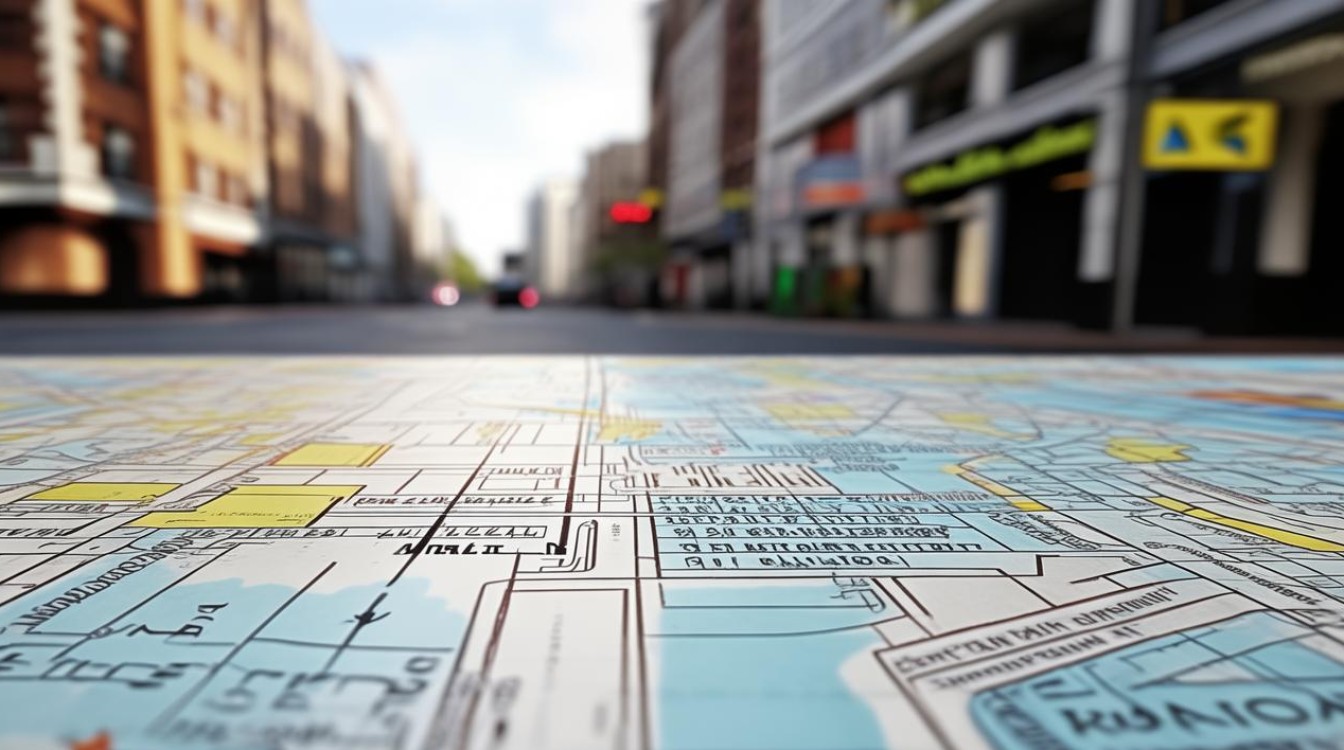When traveling or living in an English-speaking environment, knowing how to ask for and give directions is crucial. Whether you're exploring a new city or helping a visitor find their way, mastering these terms ensures smooth communication. Below is a comprehensive guide to essential English words and phrases related to directions.

Basic Directional Terms
Understanding cardinal and relative directions is the foundation of navigating any space.
-
Cardinal Directions
- North (N): The direction toward the Earth's North Pole.
- South (S): The direction toward the Earth's South Pole.
- East (E): The direction where the sun rises.
- West (W): The direction where the sun sets.
-
Relative Directions
- Left: The side opposite the right hand.
- Right: The side opposite the left hand.
- Straight: Continuing in the same direction without turning.
- Back/Behind: The opposite side of forward.
Common Landmarks and Reference Points
People often use landmarks to give clear directions. Here are some key terms:

- Intersection: Where two or more roads meet.
- Crosswalk/Pedestrian crossing: A marked path for people walking.
- Traffic light: A signal controlling vehicle and pedestrian movement.
- Roundabout: A circular intersection where traffic flows around a central island.
- Bridge: A structure crossing over a river or road.
- Underpass: A tunnel passing beneath a road or railway.
- Overpass: A bridge allowing one road to pass over another.
Verbs for Giving Directions
The right verbs make instructions clear and actionable:
- Go: Move toward a destination.
- Turn: Change direction while moving.
- Continue: Keep moving in the same direction.
- Head: Move in a specific direction.
- Follow: Stay on a particular path.
- Cross: Move from one side to another.
- Pass: Go by a place without stopping.
- Merge: Join another lane or road.
Prepositions for Precision
Prepositions help specify locations and movements:
- On: Positioned atop a surface (e.g., "on Main Street").
- At: Located near a specific point (e.g., "at the corner").
- Next to: Adjacent to something.
- Between: In the middle of two things.
- Across from: Directly opposite.
- Around: Near or surrounding an area.
- Past: Beyond a certain point.
Phrases for Asking Directions
Polite and clear questions help you get accurate guidance:
- "How do I get to...?": A general way to ask for directions.
- "Where is the nearest...?": Useful for finding amenities.
- "Is this the right way to...?": Confirms if you're on track.
- "Could you point me toward...?": A polite request for guidance.
- "Am I heading in the right direction for...?": Ensures you're not lost.
Phrases for Giving Directions
When helping others, clarity is key:

- "Go straight until...": Simple and direct.
- "Turn left/right at...": Specifies the turning point.
- "It’s just around the corner.": Indicates proximity.
- "You’ll see it on your left/right.": Helps with visual confirmation.
- "Take the second exit at the roundabout.": Useful for circular intersections.
Public Transportation Terms
Navigating buses, trains, and subways requires specific vocabulary:
- Platform: The area where passengers board trains.
- Terminal: The starting or ending point of a route.
- Transfer: Switching from one line or mode to another.
- Schedule/Timetable: The planned departure and arrival times.
- Fare: The cost of a ticket.
- Route: The path a vehicle follows.
Common Mistakes to Avoid
Even fluent speakers can mix up terms. Watch out for these errors:
- "Left" vs. "Right": Always double-check to avoid confusion.
- "East" vs. "West": Verify with landmarks if unsure.
- Overcomplicating directions: Simplicity prevents misunderstandings.
Practical Example Conversations
To solidify understanding, here are sample dialogues:
Asking for Directions:
Visitor: "Excuse me, how do I get to the museum?"
Local: "Go straight for two blocks, then turn left. It’s across from the park."

Giving Directions:
Local: "The post office is on Pine Street. Take the first right after the traffic light."
Visitor: "Thanks! Is it within walking distance?"
Mastering these terms enhances confidence when navigating unfamiliar places. Whether traveling or assisting others, clear communication ensures everyone reaches their destination smoothly.
Understanding these words and phrases makes interactions more efficient and reduces the chances of getting lost. Practice using them in real-life situations to build fluency and ease.


